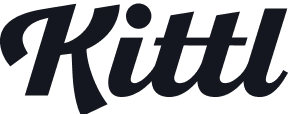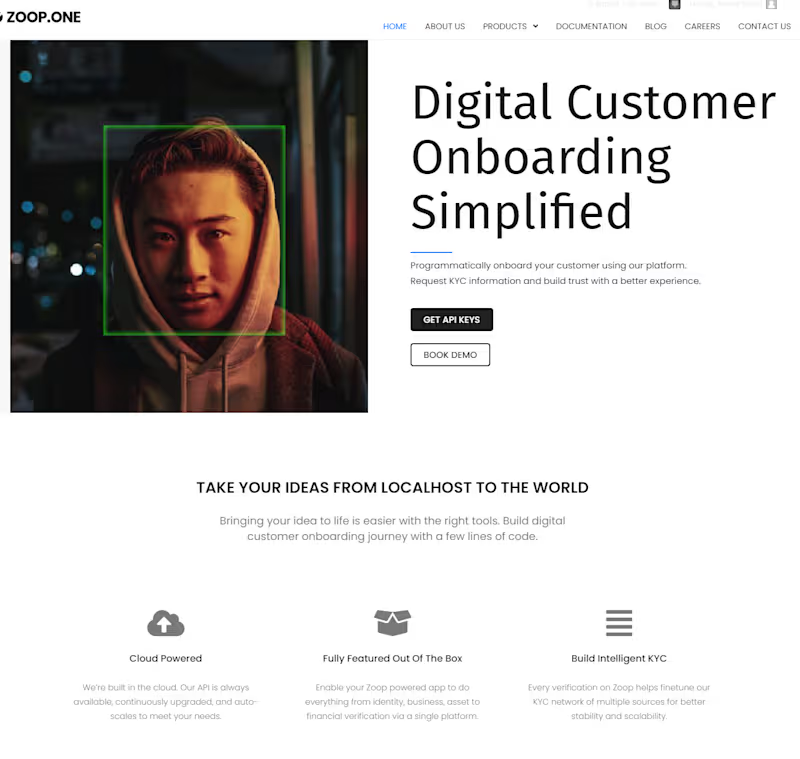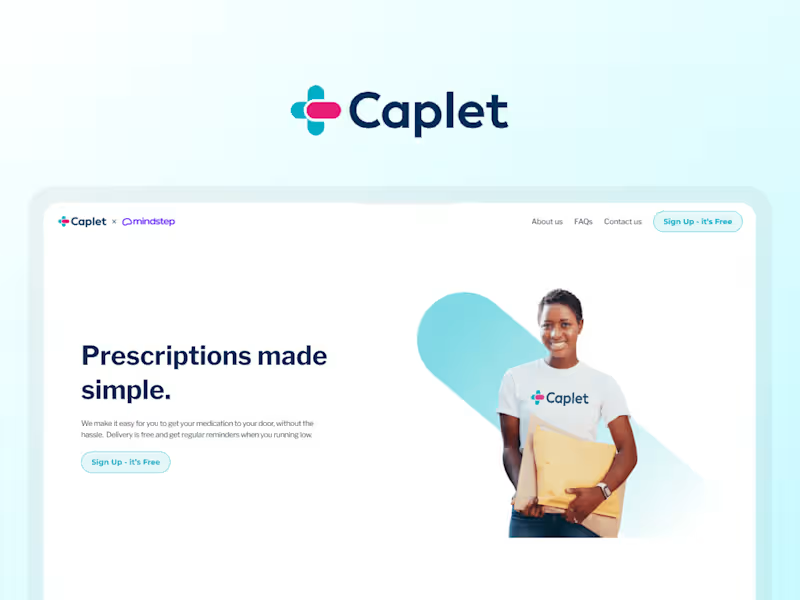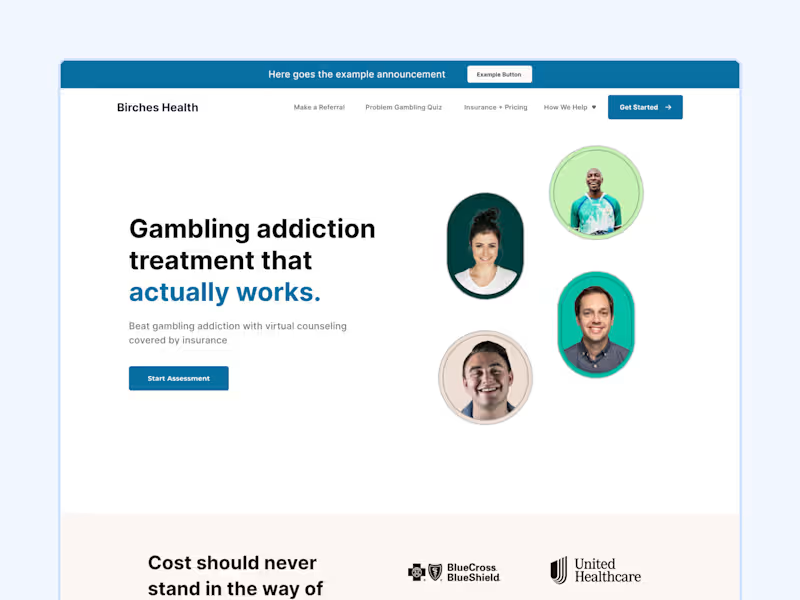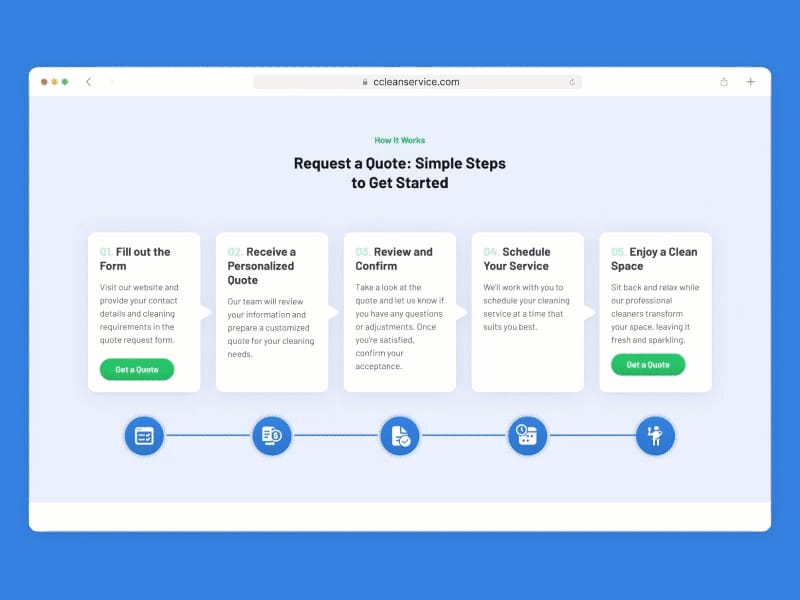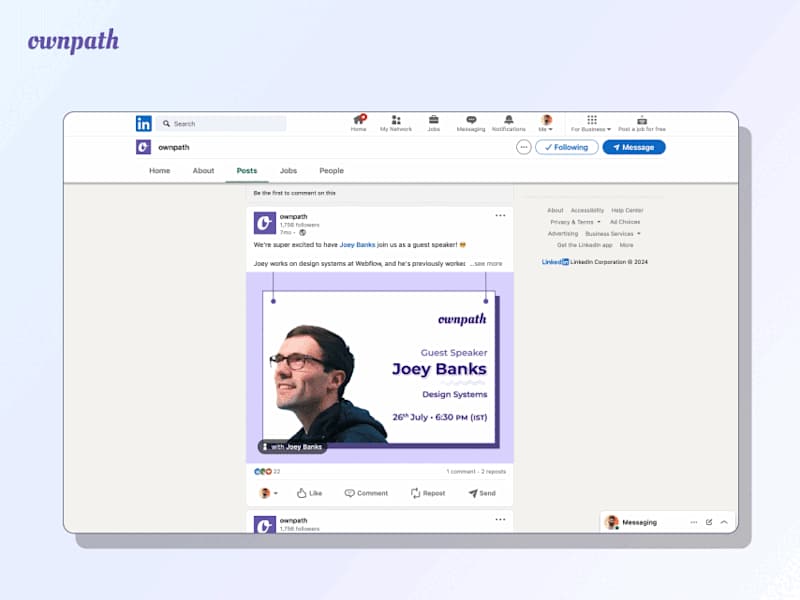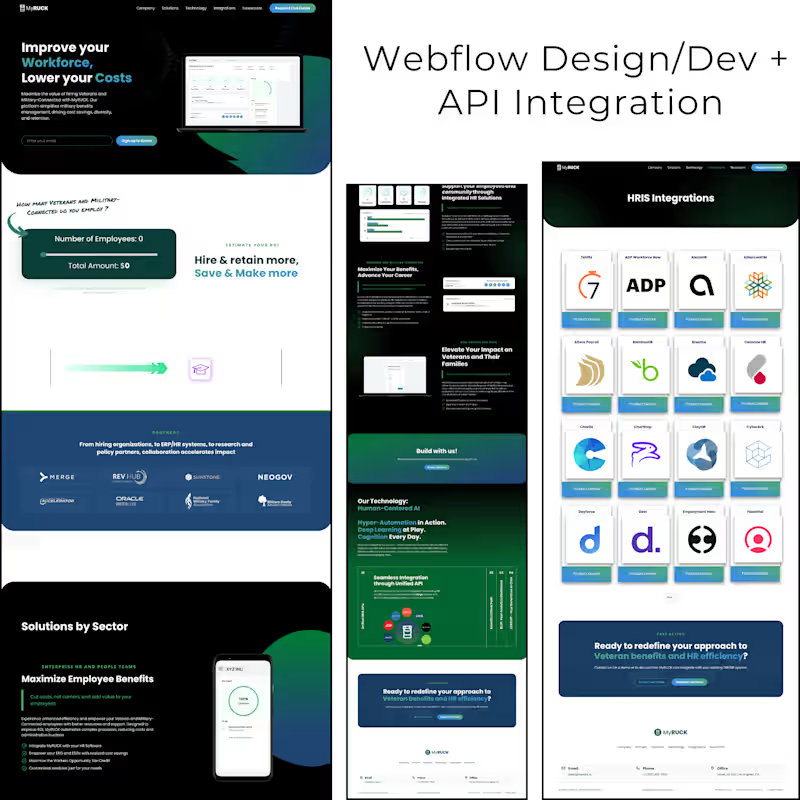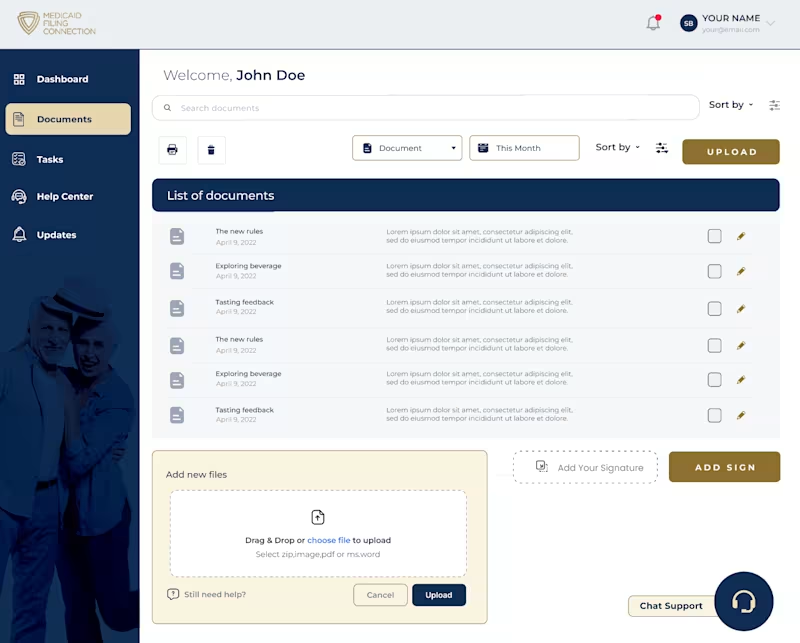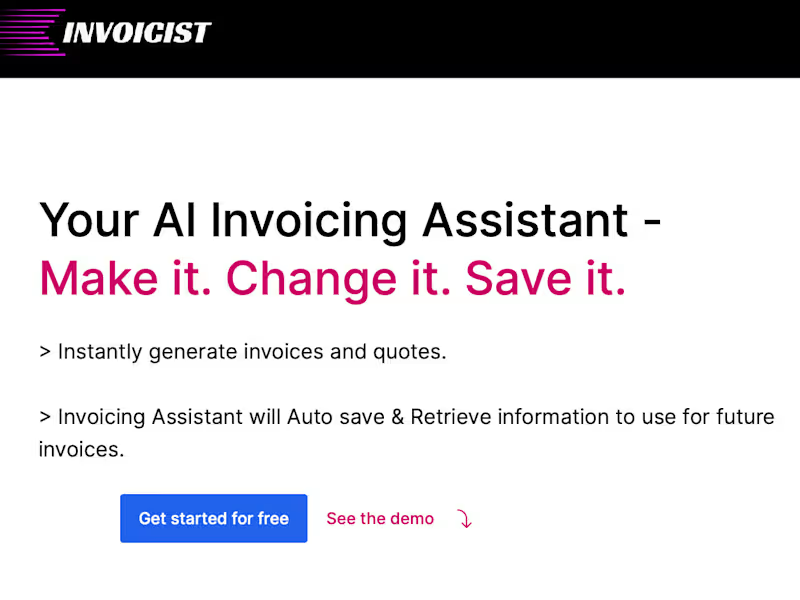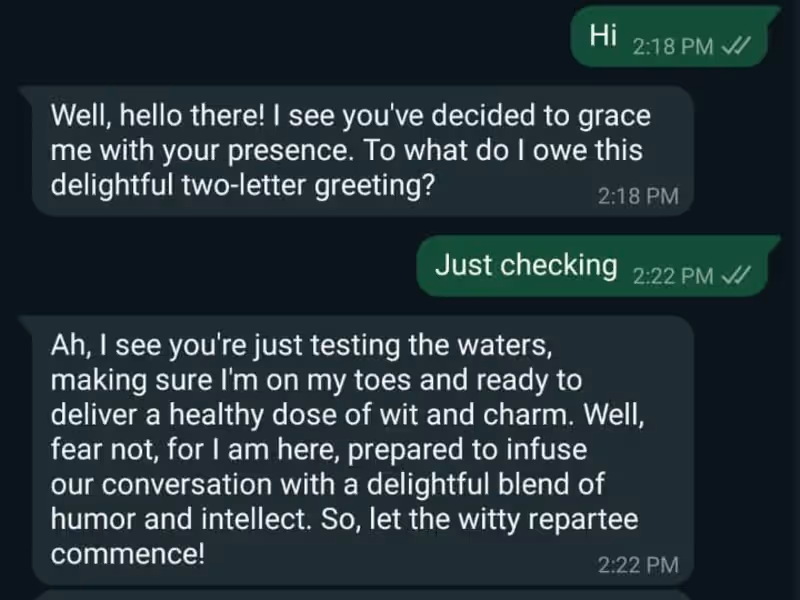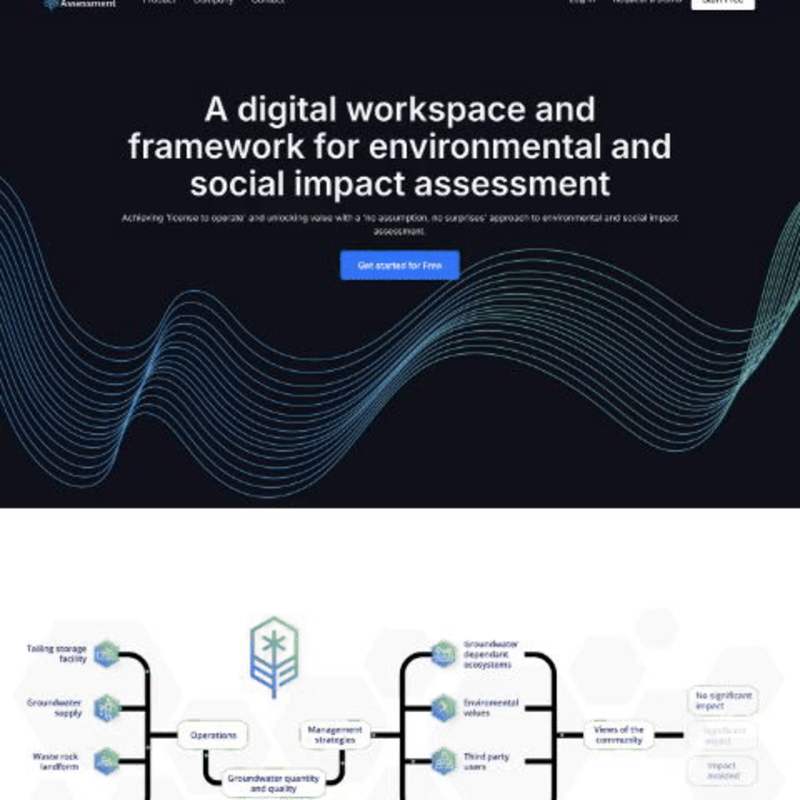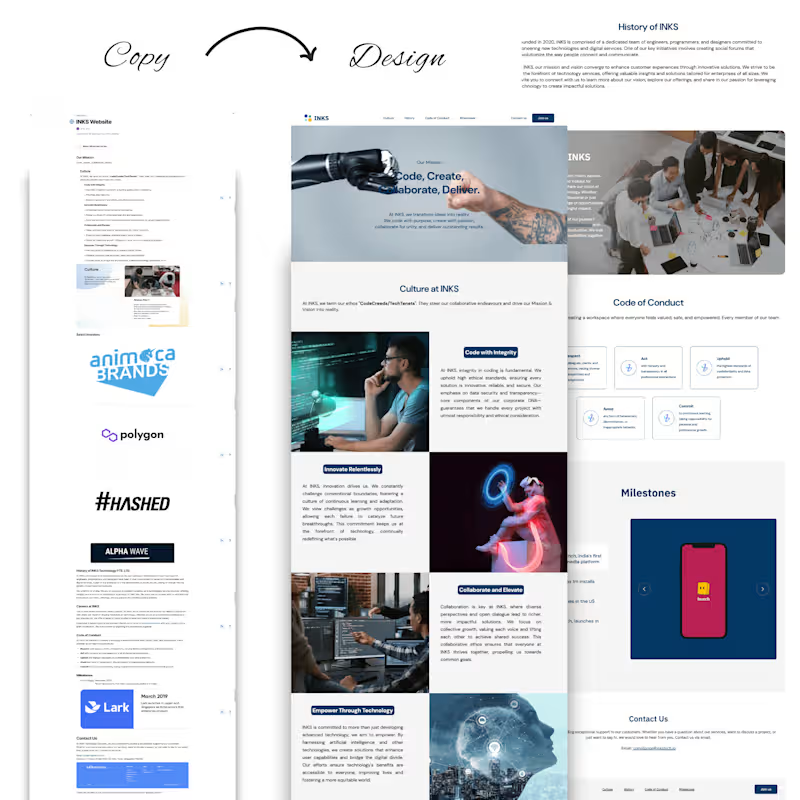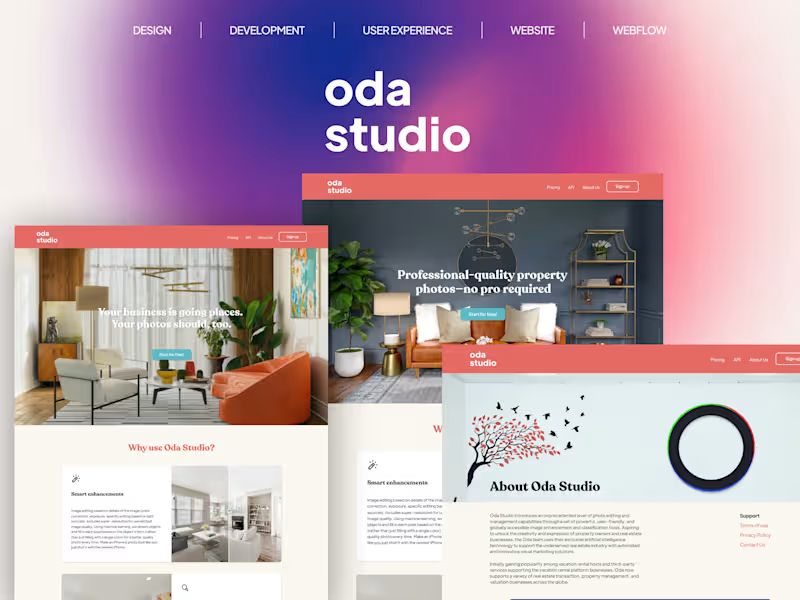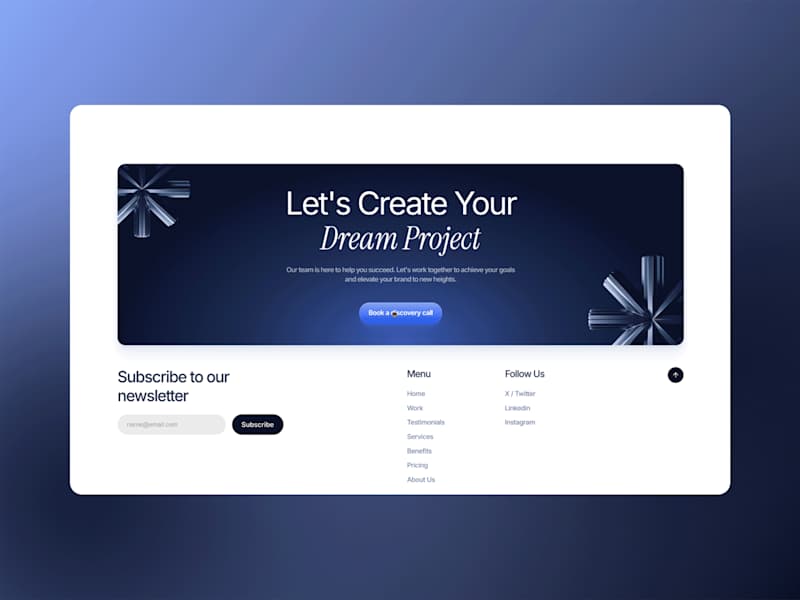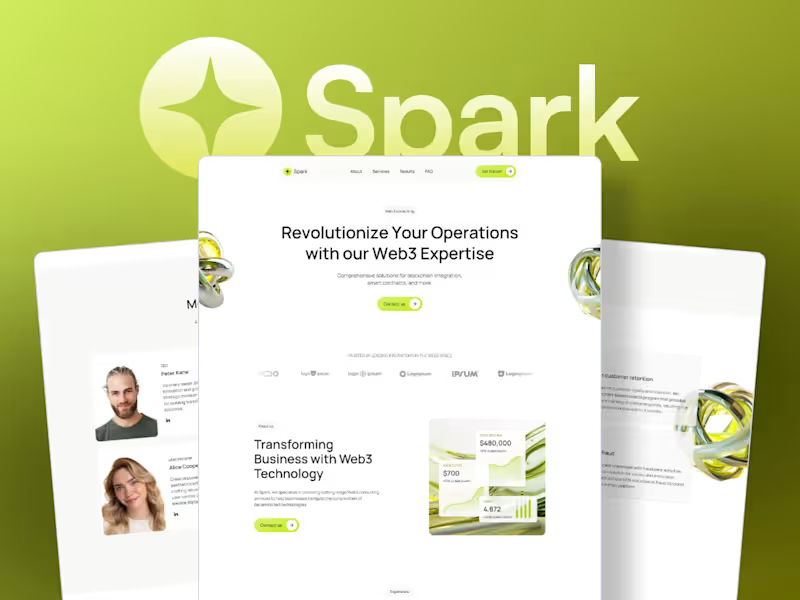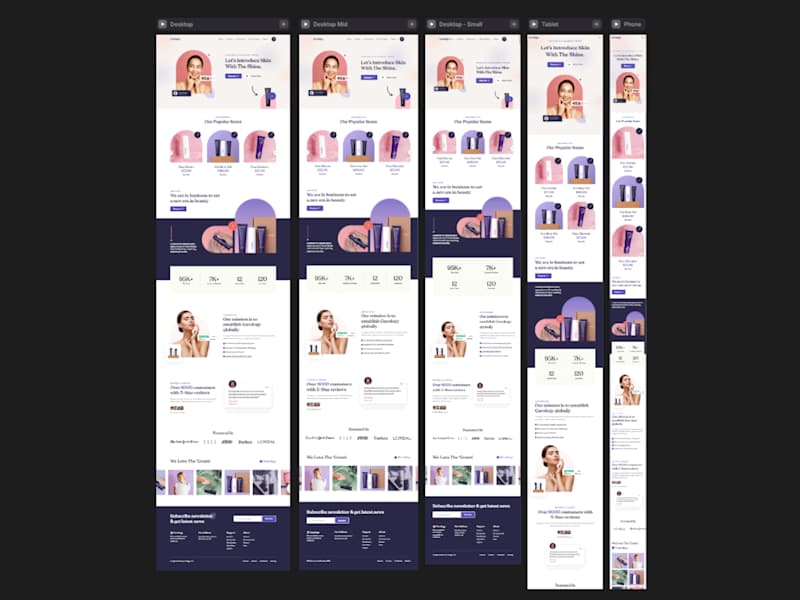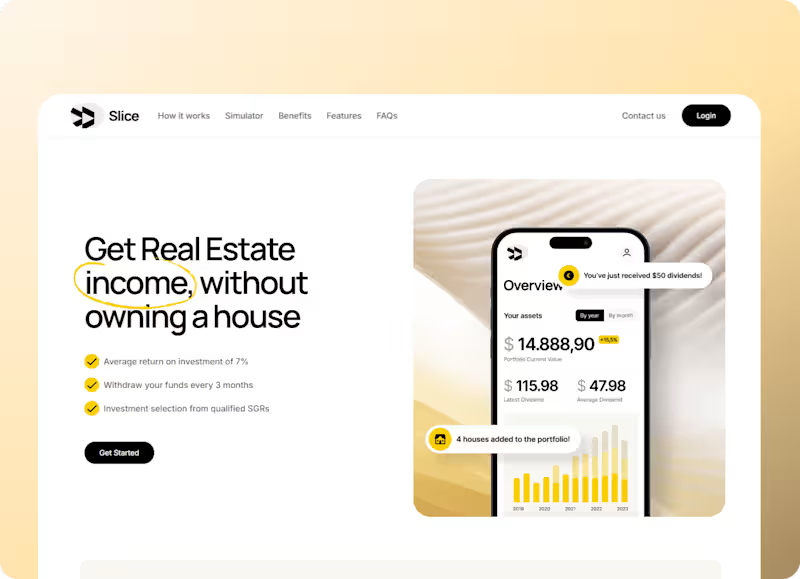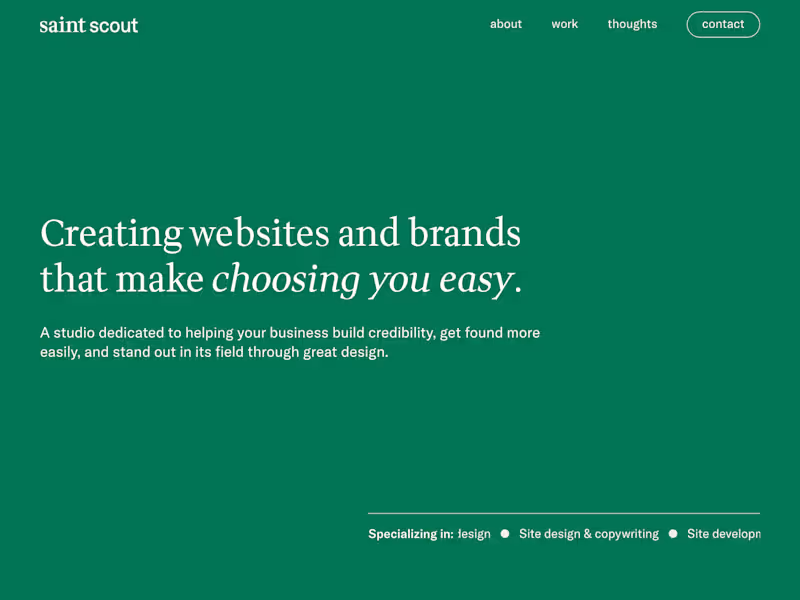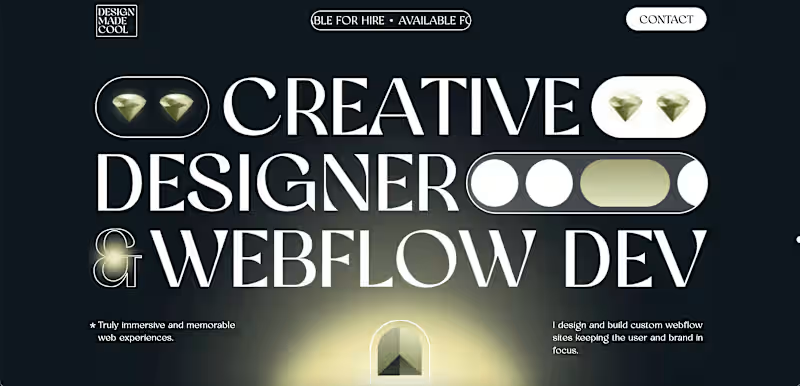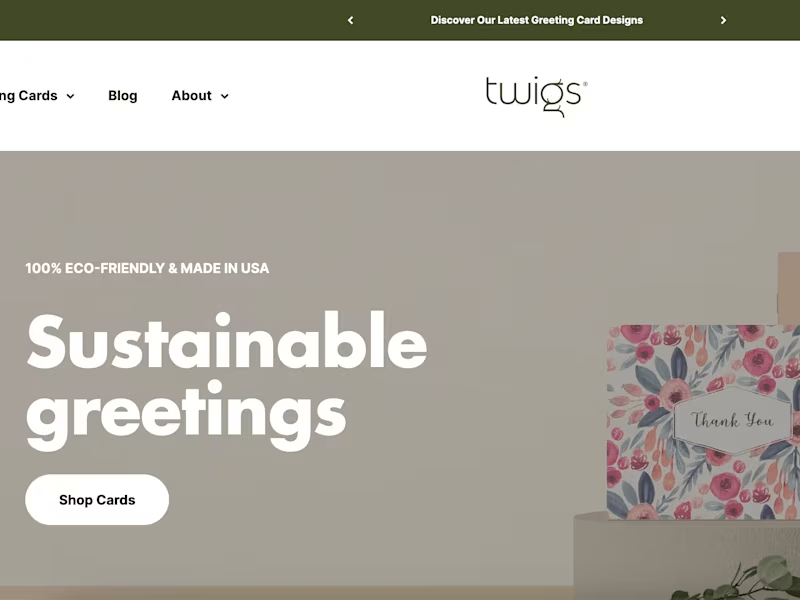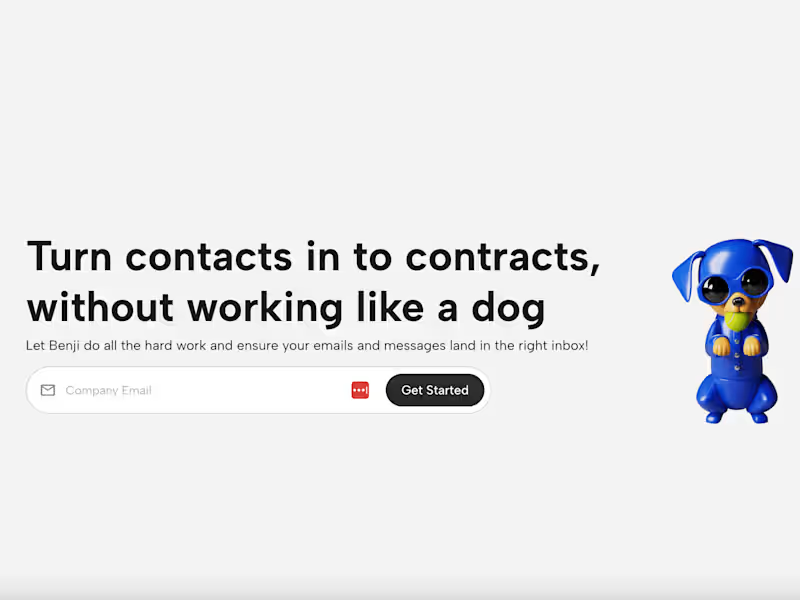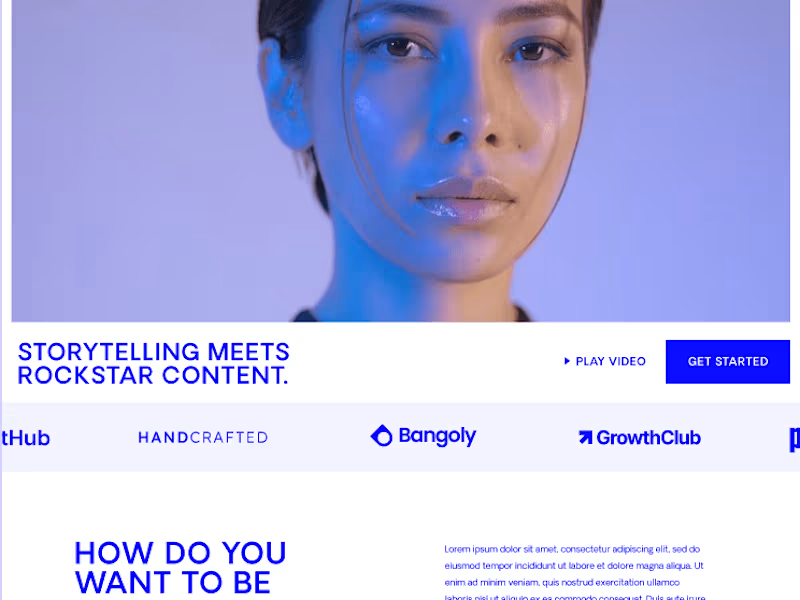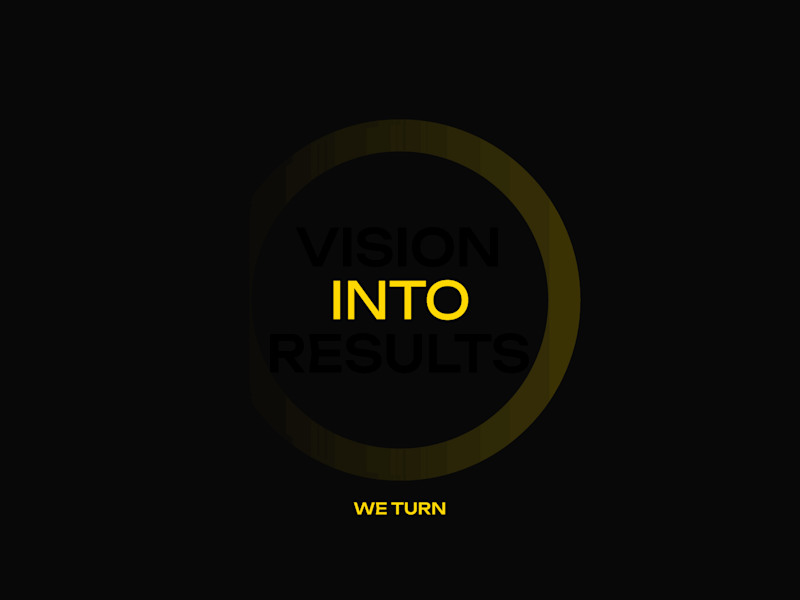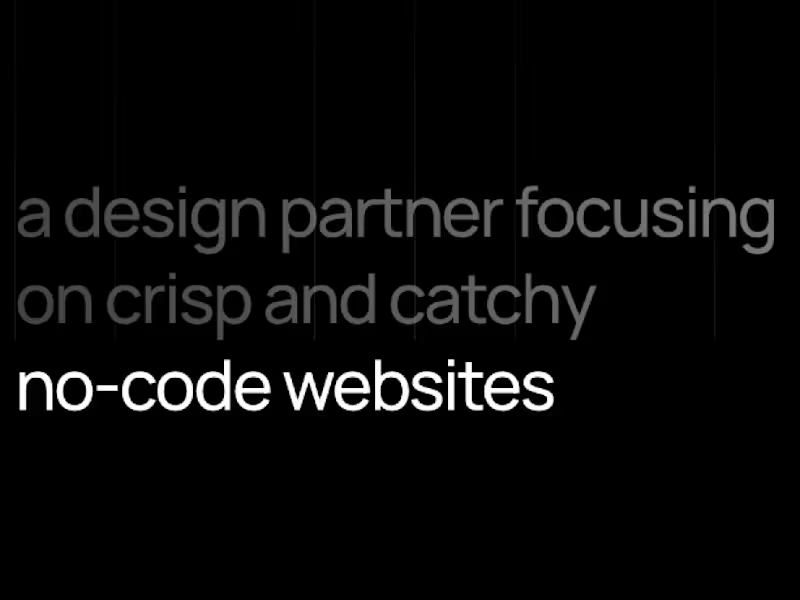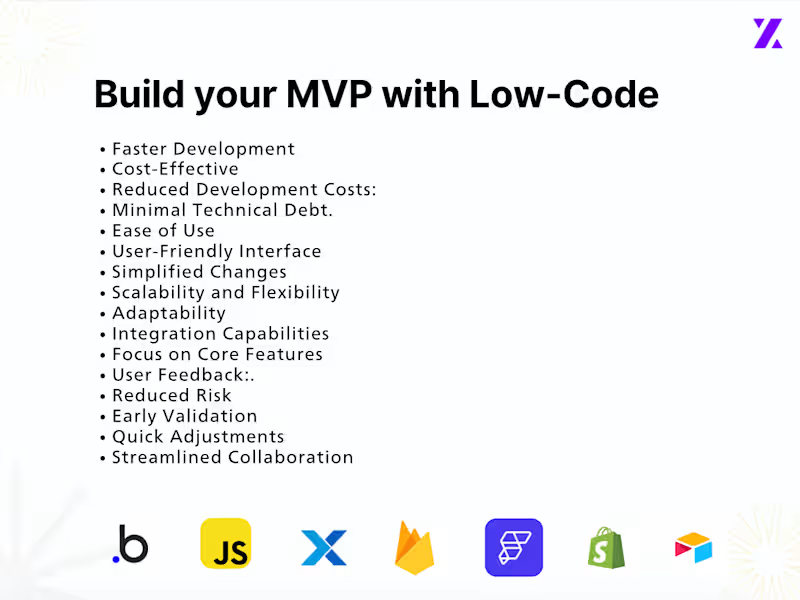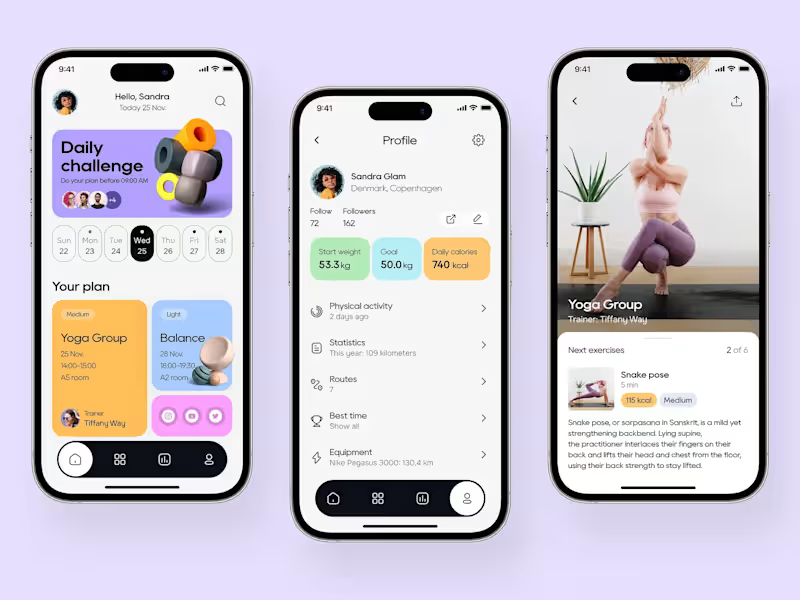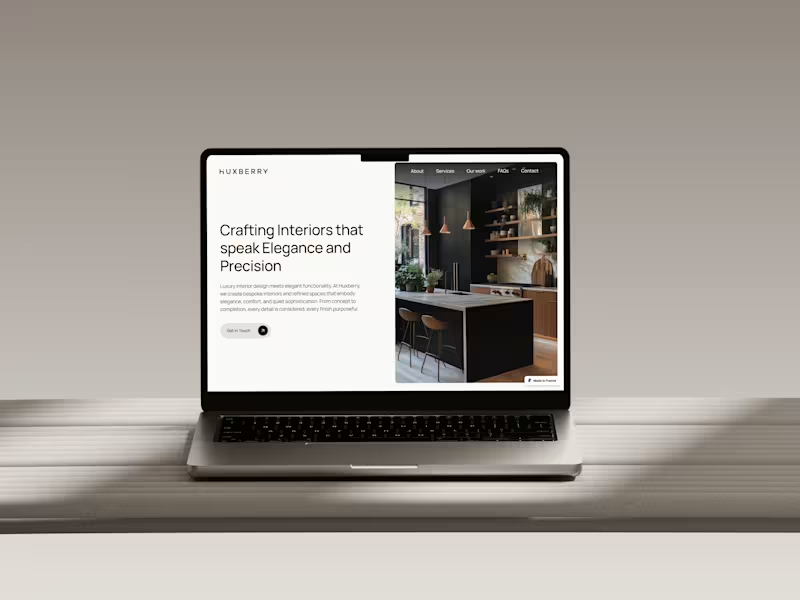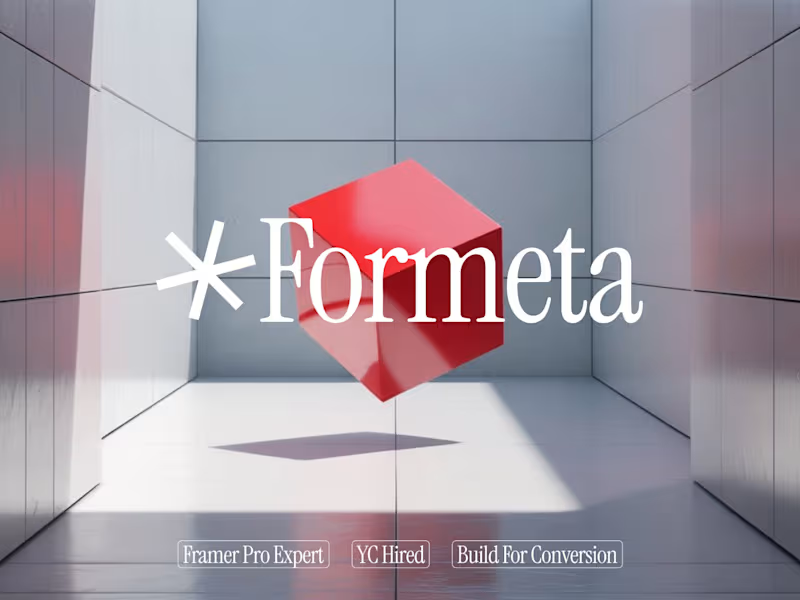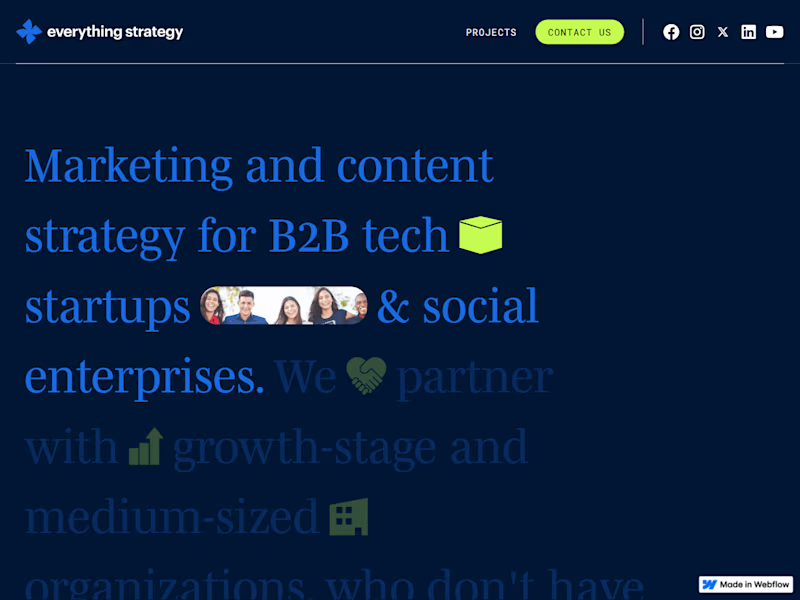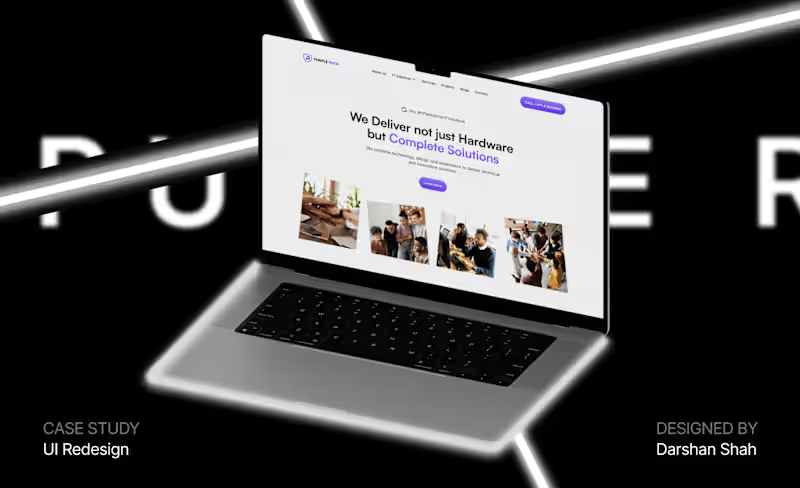How do I create a clear project brief for a low-code/no-code developer?
Start by defining what you want to achieve with your project. Describe the main functions you need and how users will interact with your solution. Provide any specific tools or platforms you want the developer to use. This will help the developer understand your vision and deliver the right product.
What are the key skills to look for in a low-code/no-code developer on Contra?
Look for familiarity with popular low-code/no-code platforms like Bubble or Zapier. Check if they have experience in integrating APIs and creating workflows. Strong problem-solving skills and creativity are important too since they help in building flexible solutions quickly.
How should I evaluate a low-code/no-code developer's past work?
Ask for samples or a portfolio showing similar projects they've completed. Look for both technical skills and creativity in their projects. Check their ability to solve problems and create a user-friendly experience. It helps to know they can work on a project like yours.
What should be included in the project timeline?
Break the project into phases with clear milestones, like design, development, and testing. Set realistic timeframes for each milestone so both you and the developer know what to expect. Include time for feedback and revisions. This keeps the project on track and helps avoid surprises.
How do I set deliverables for a low-code/no-code project?
Identify what success looks like for your project and write down specific goals. Define what features the final product should have and how they'll work. Make sure these deliverables are realistic and measurable. This clarity helps both you and the developer stay aligned.
Should I be involved during the development process?
Yes, staying involved helps ensure the project meets your expectations. Regular check-ins allow you to provide feedback and make necessary adjustments. It also motivates the developer knowing you're engaged. Just make sure you're not micromanaging, which can slow things down.
What is the best way to communicate with a low-code/no-code developer?
Agree on a communication method that works for both of you, like emails or chat apps. Set a schedule for regular updates, such as weekly reviews, to track progress and address concerns. Clear and frequent communication helps avoid misunderstandings and keeps the project moving.
How can I ensure that the low-code/no-code solution aligns with my brand?
Share your brand guidelines with the developer, including colors, fonts, and any style preferences. Ask for design mock-ups or prototypes early in the process to see how it fits with your brand. Providing upfront guidance helps the developer align the product with your brand's identity.
Why is it important to test the project before completion?
Testing helps catch bugs and usability issues before the project goes live. It allows you to see how all the features work in real-world scenarios. Make sure to conduct tests with a few users to get feedback. This ensures the final product is solid and meets user expectations.
What should I do after the project is completed?
Review the final product to confirm it meets all agreed deliverables. Ask for documentation or guides from the developer if needed for future maintenance. Provide feedback on the developer's work, which helps them improve and also benefits their future clients. Maintaining a good relationship could be valuable for future collaboration.
Who is Contra for?
Contra is designed for both freelancers (referred to as "independents") and clients. Freelancers can showcase their work, connect with clients, and manage projects commission-free. Clients can discover and hire top freelance talent for their projects.
What is the vision of Contra?
Contra aims to revolutionize the world of work by providing an all-in-one platform that empowers freelancers and clients to connect and collaborate seamlessly, eliminating traditional barriers and commission fees.
























